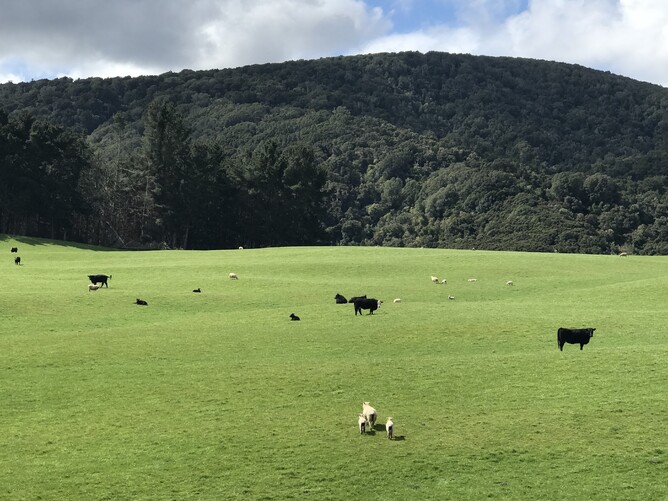Make the most of different classes of stock to help manage parasites on-farm.
If you farm various species of animals, you have a great advantage when it comes to managing parasites.
The majority of parasites will only affect the one species that they like. So, if they are eaten by something else, they die.
We like parasites to die in our stock's systems by other means - not just by drenching. When we rely too much on drenching, the parasites build up resistance to it. We are seeing a lot of this popping up all over our practice area, so, we need to really focus on the other ways we can manage parasites.
Cross grazing
Cross grazing with sheep/cattle/deer is a great way to get the parasite load of a paddock to decrease. We can use a different group of stock to ‘mop up’ the larvae from a paddock, which is especially useful when you have areas with a high worm burden (i.e. lamb paddocks in the autumn), or where stock have been grazed after an ineffective drench was used.
We do come across farms that have a couple of stock classes and we see this as a great benefit. However, often these different stock types are not grazing the same areas, meaning this ‘mop up’ effect is not happening.
Sometimes, this is for logical reasons, such as fencing, waterways, types of feed etc, but we would encourage you to think about how you could integrate the stock. It could be on a rotation basis, or mixed, it doesn't matter.
Highly infective stages
Remember that parasites are at their most infective stage in paddocks about 4-6 weeks after they have been grazed, making this a good time to do a ‘mop up’. Conversely, this is NOT a good time to return young stock to that paddock that were there previously!
If you don’t currently farm other stock classes, it may be something to consider factoring into your system. Alternatively, you can also use undrenched adults to help ‘mop up’ parasites.

